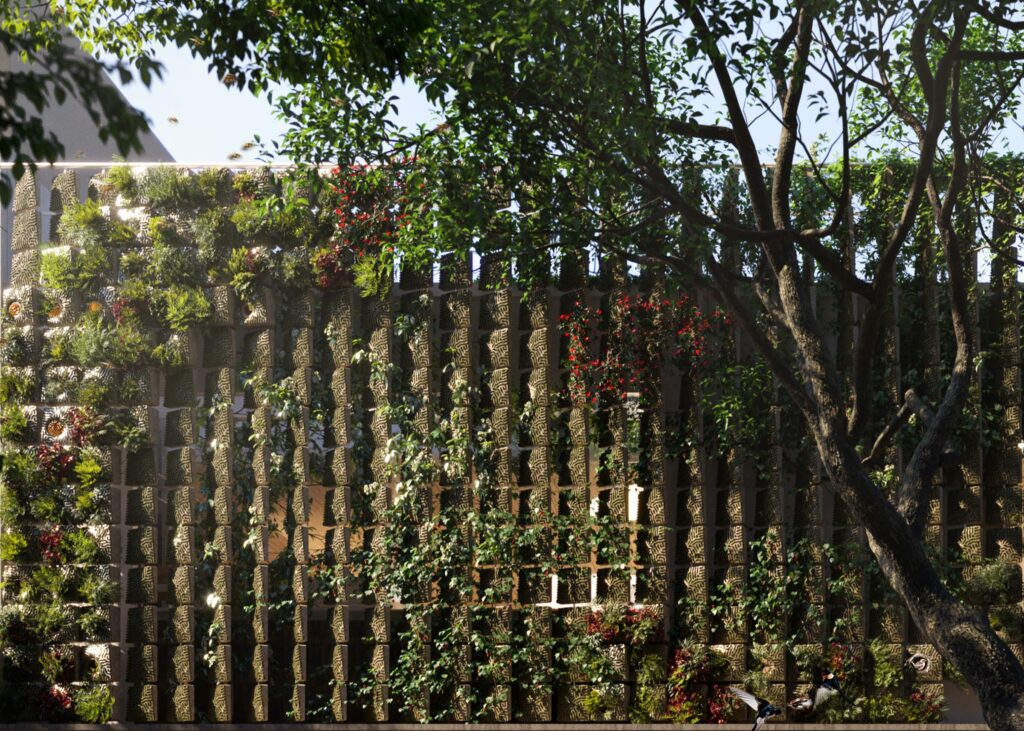
biomaterial modular block and parametric facade
natura biofacade
type: facade
role: computational designer
collaboration: Estudio Guto Requena
location: Rio de Janeiro, Brazil
year: 2023
The natura biofacade was carried out in collaboration with the architectural firm Estudio Guto Requena, led by architect Guto Requena. My role involved developing a modular biomaterial block and designing the facade for the flagship store of a large cosmetic group in Rio de Janeiro, utilizing parametric tools.
The foundation of this project lies in research on bioreceptive and bio integrated design, particularly the work of Marcos Cruz at the Bartlett School of Architecture, University College London. The facade was designed to feature a porous, textured, and grooved block, drawing inspiration from the natural growth patterns of organisms like algae and corals. These grooves encourage moss growth, resulting in a continuous pattern across the surface.
RESEARCH
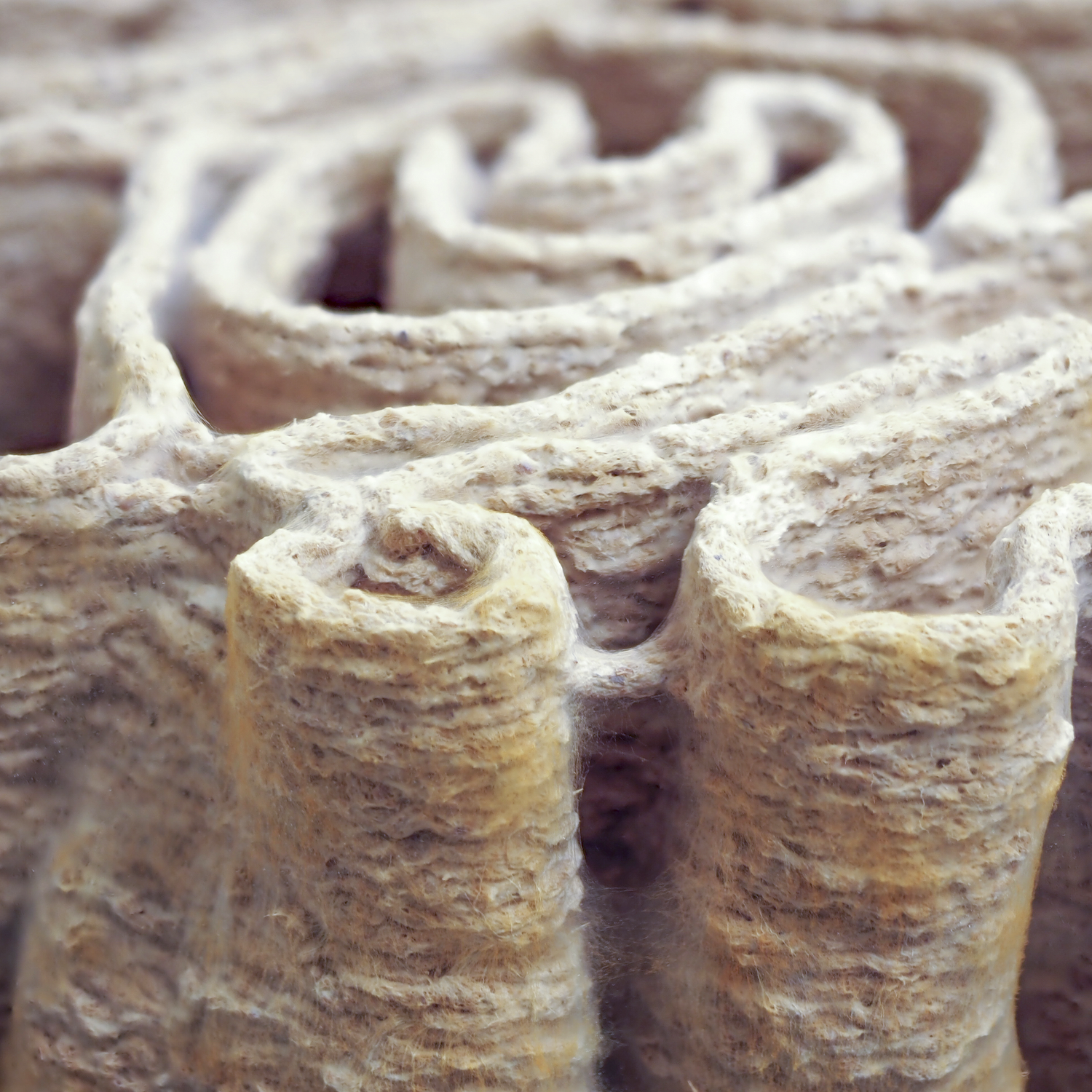
Differential Growth
Pulp Faction, 2017-20
Material: Mycelium / 3D printing
Researchers: Ana Goidea, David Andréen,
Dimitrios Floudas (Lund University)

Mpc for moss growth
Poikilohydric Living Walls, 2016-19
Material: Magnesium Phosphate
Concrete (Mpc) / Cnc Mould
Researcher: Marcos Cruz (UCL)
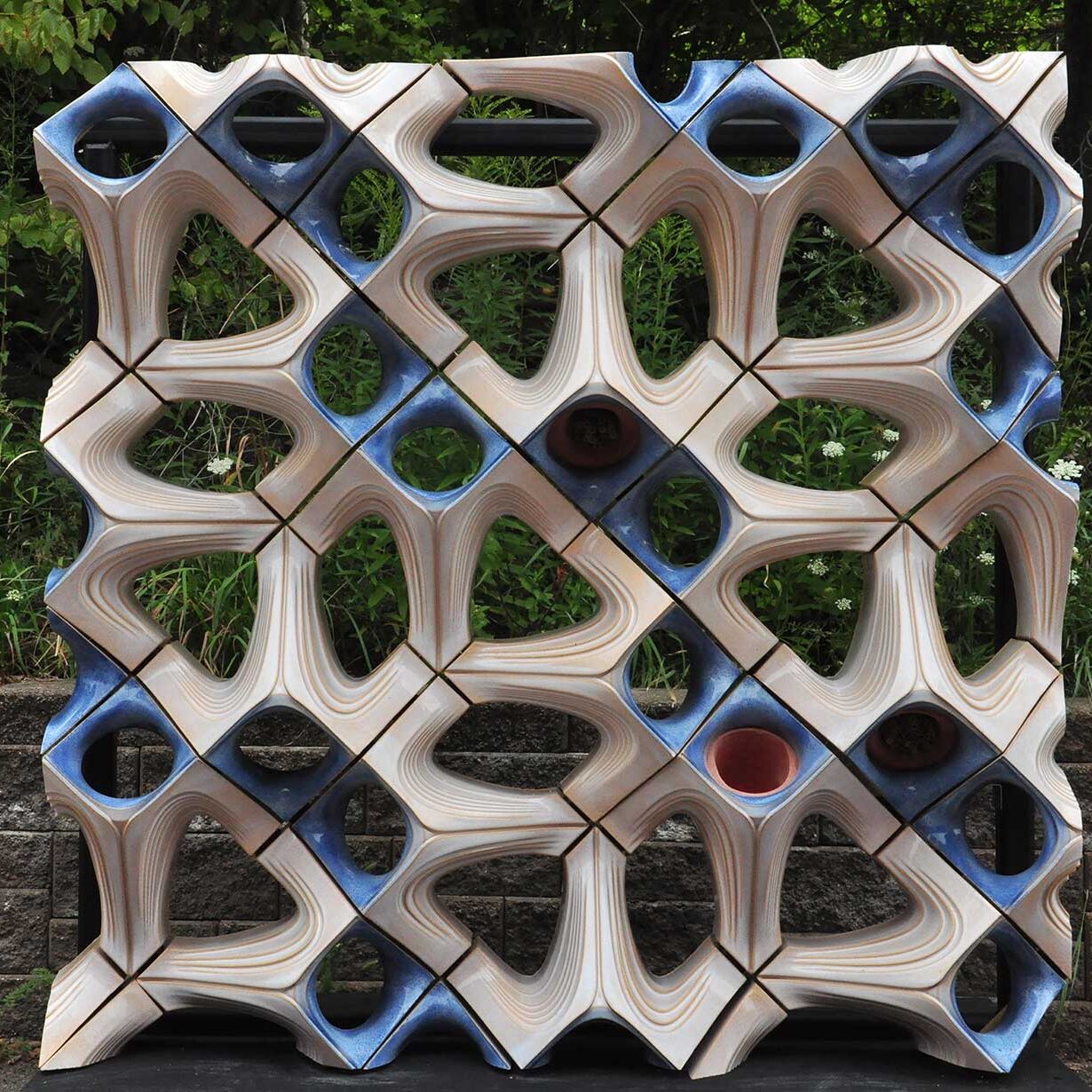
Bee/bird nest and pots
Bird And Bee Friendly Façade, 2020
Material: Ceramic
Designers: Cookfox Architects and Buro
Happold (Workshop Acaw)
BIOMATERIAL MODULAR BLOCK
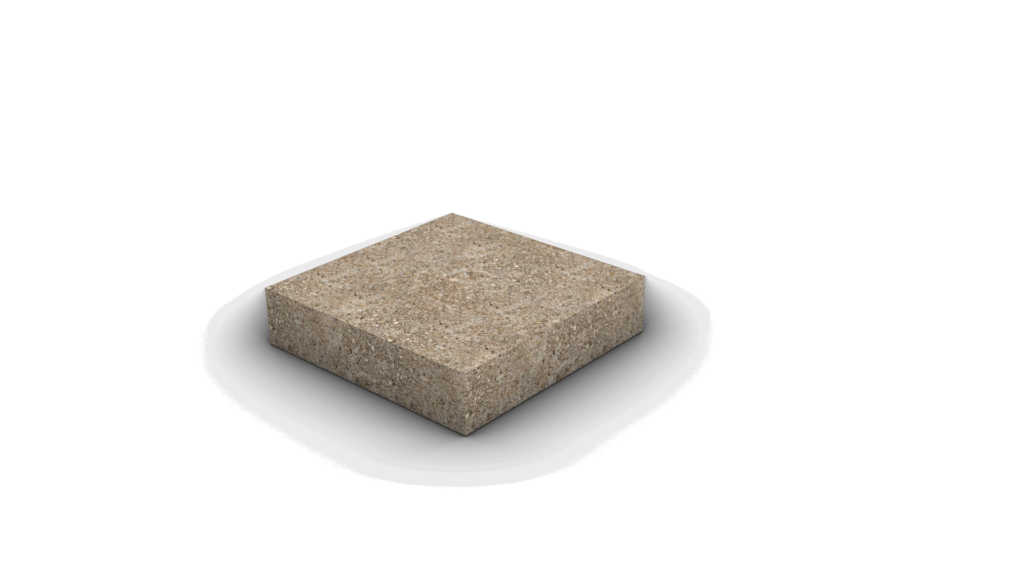
Block with a thinner thickness allows light to enter when the blocks are rotated.
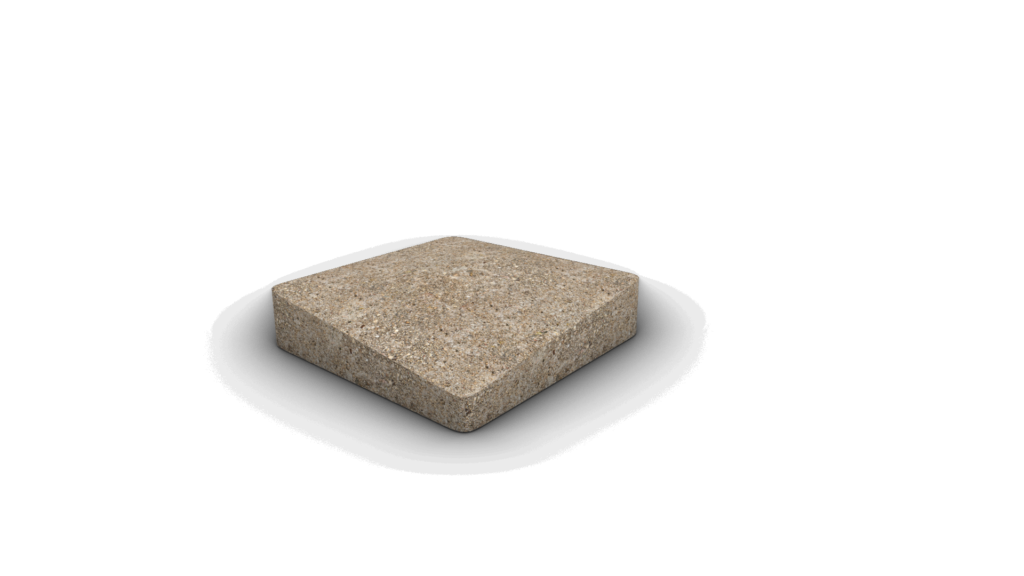
Curvature on the surface adds complexity to the shape.
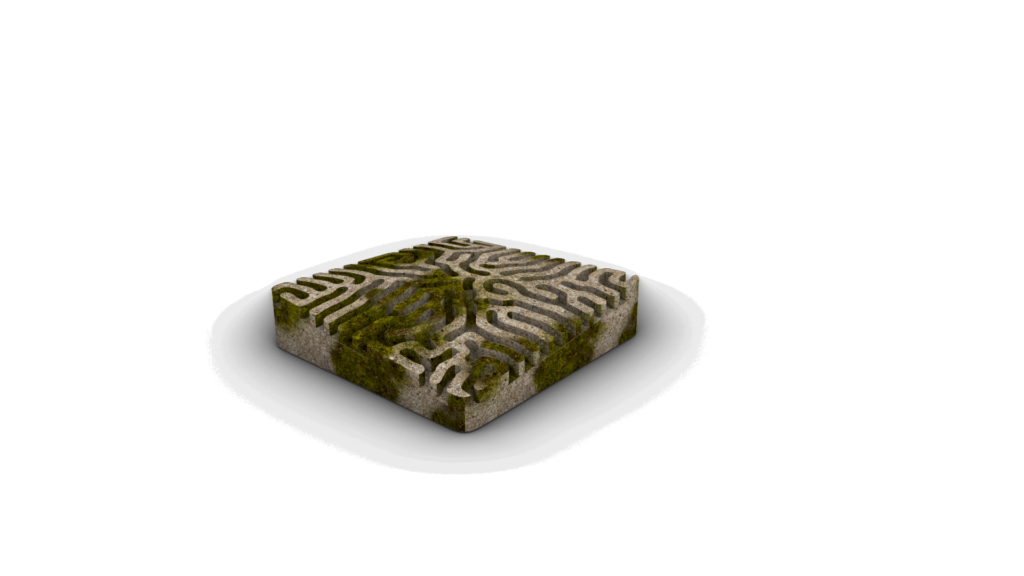
Grooves on the surface to direct the growth of moss and other organisms.
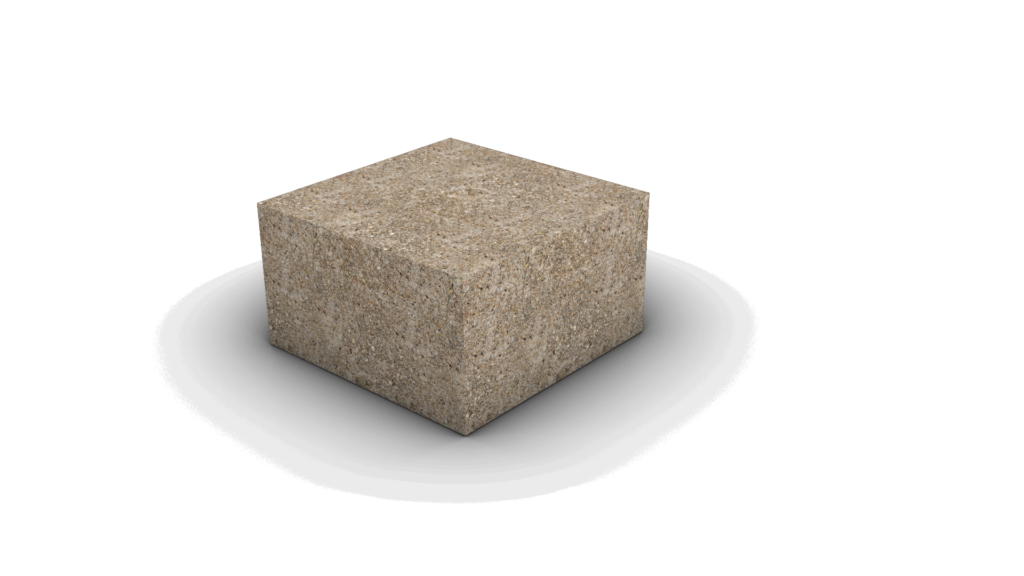
Block with a thicker thickness to accommodate plant pots and bee and bird nests.
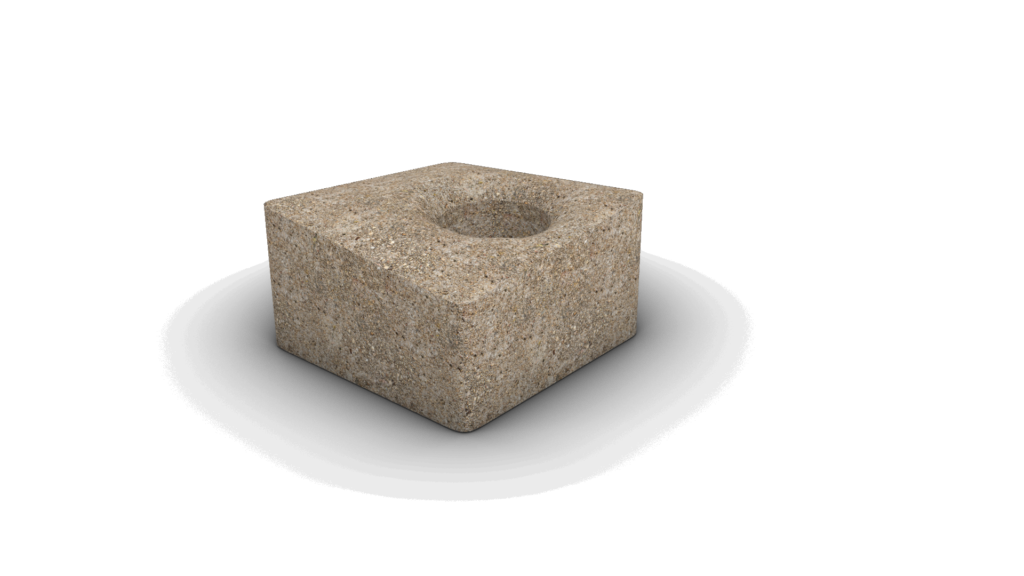
Hole for placing pots and nests. The pots and nests are 15 cm long, with 5 cm allocated for the structure.
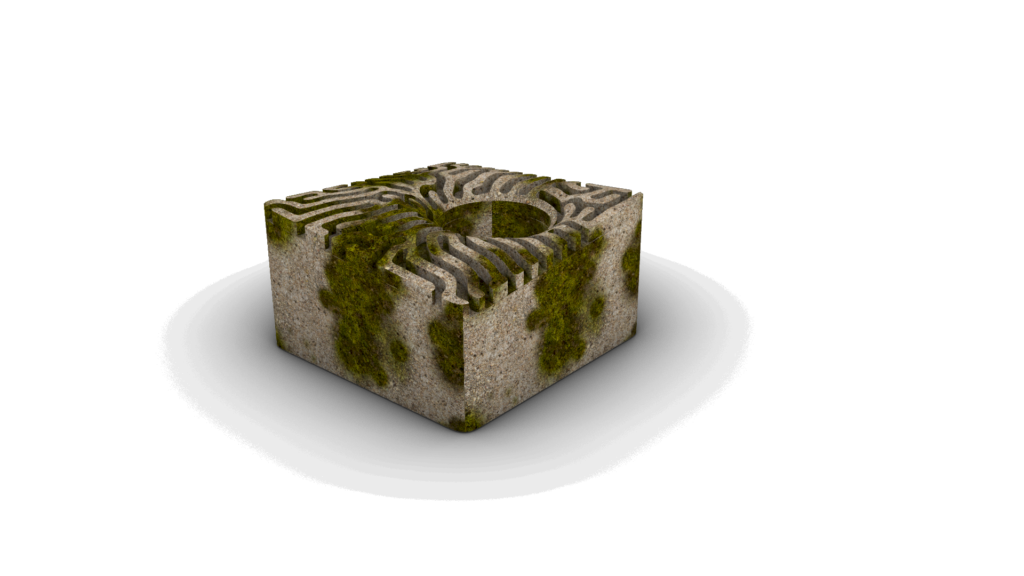
The grooves follow a differential growth pattern, simulating the uneven growth of certain living organisms.
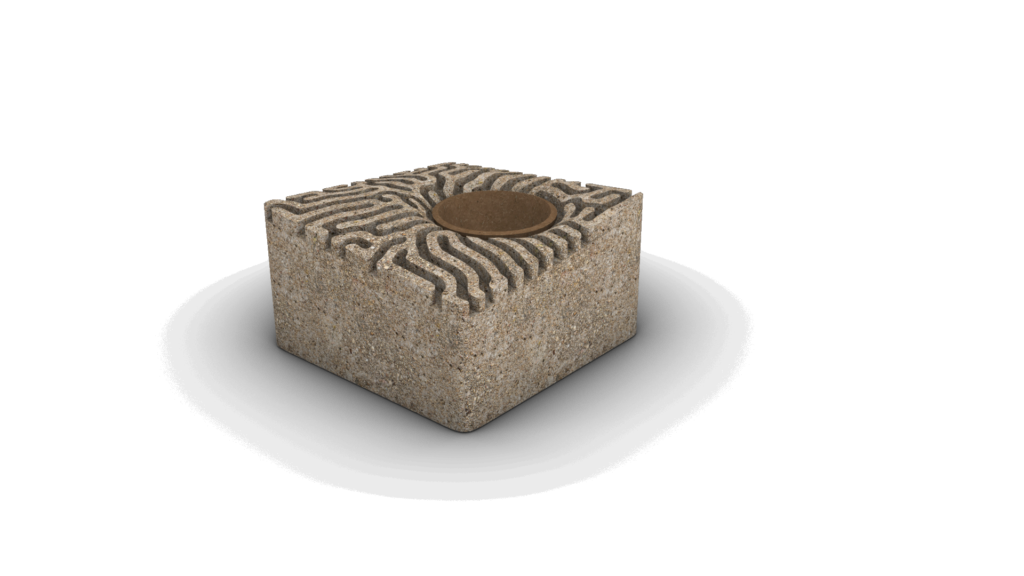

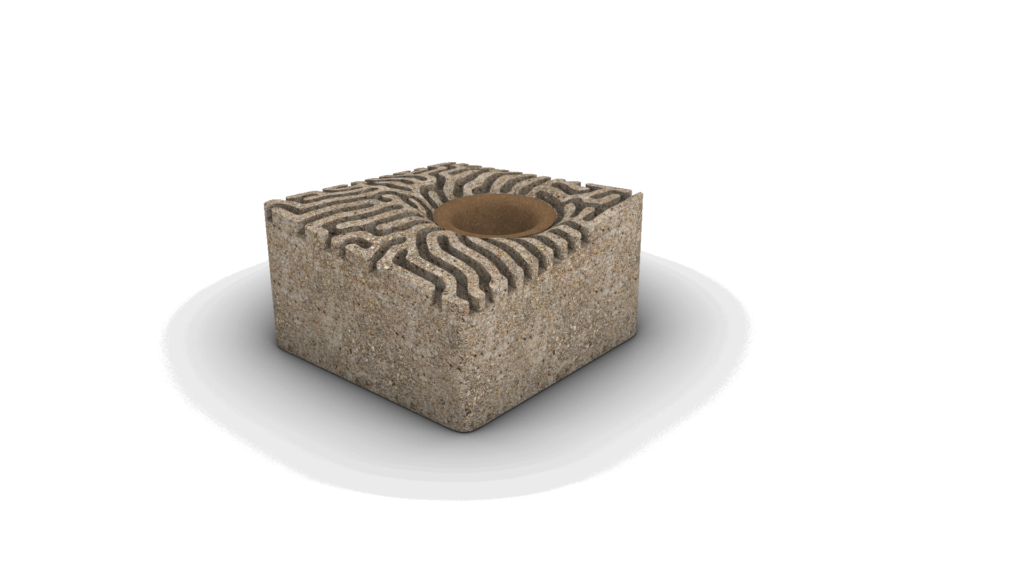
parametric facade

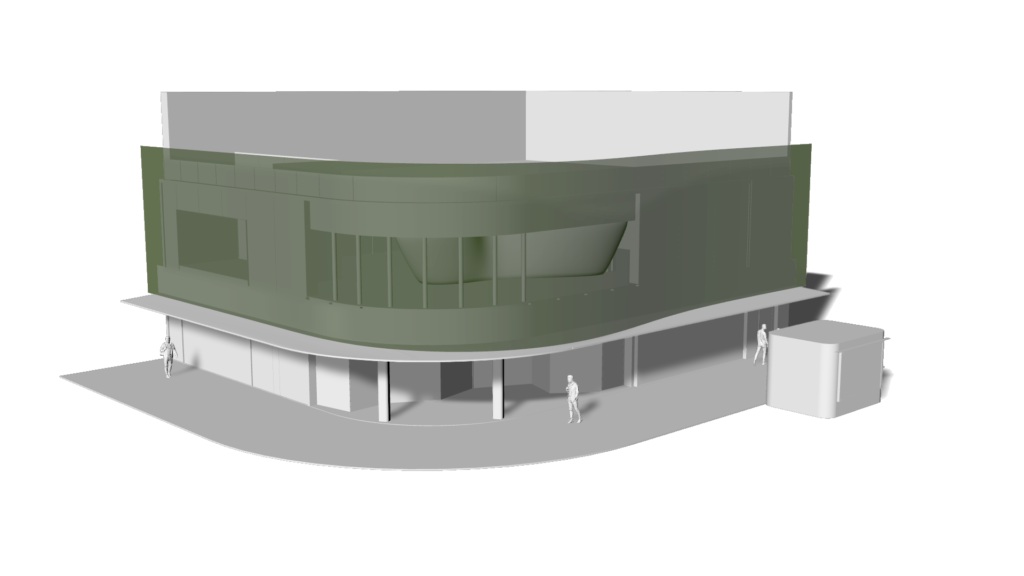
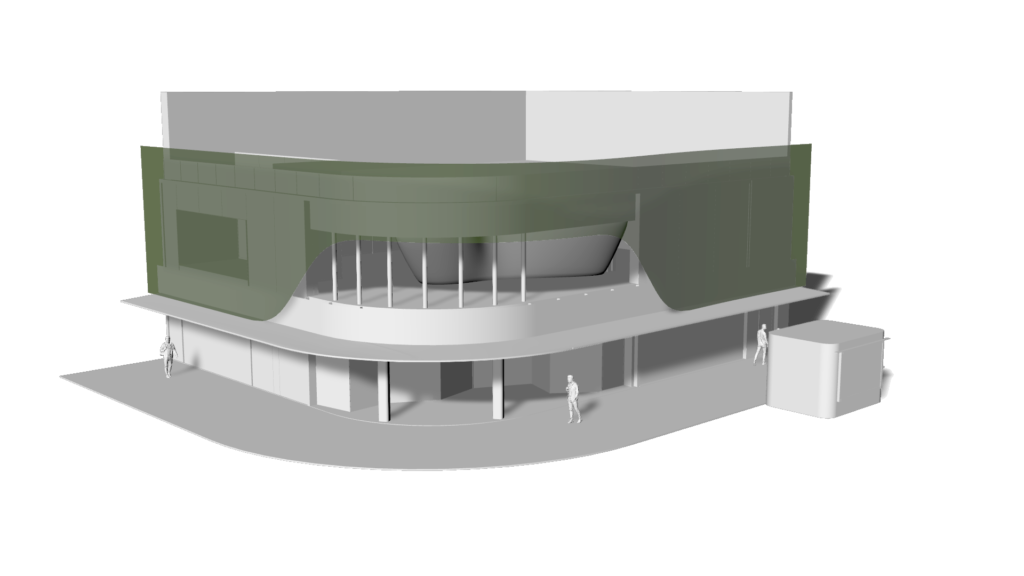

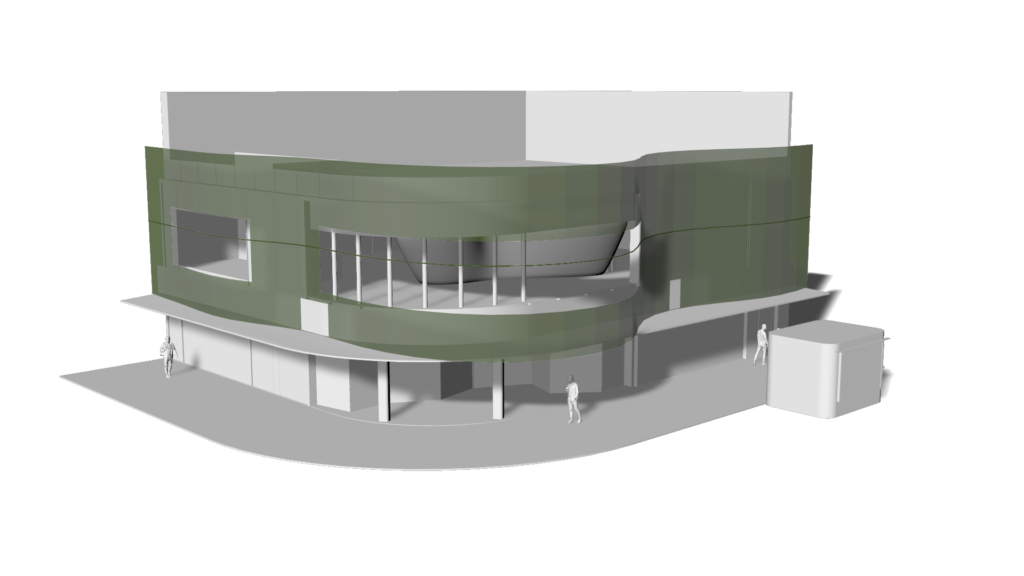
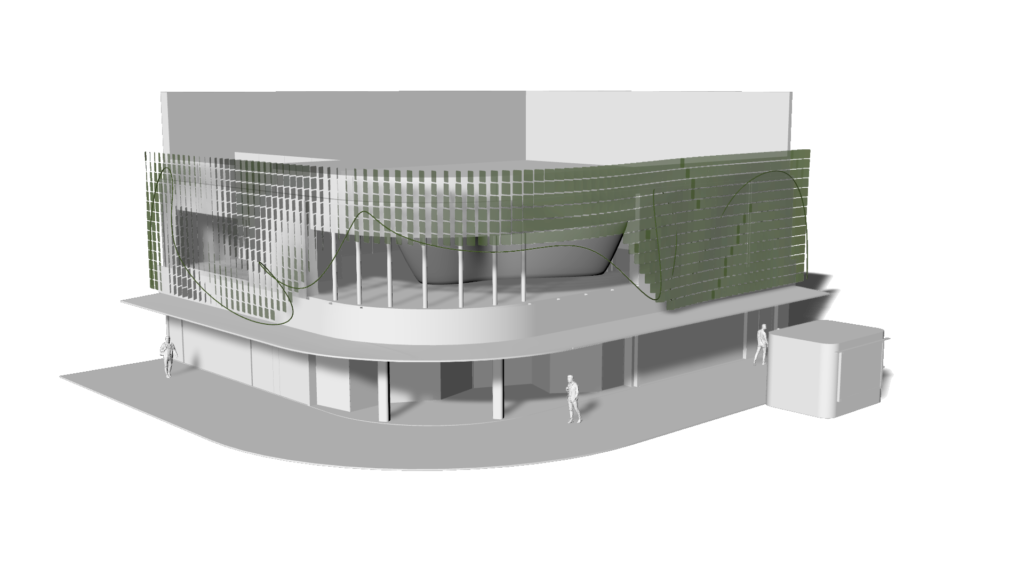
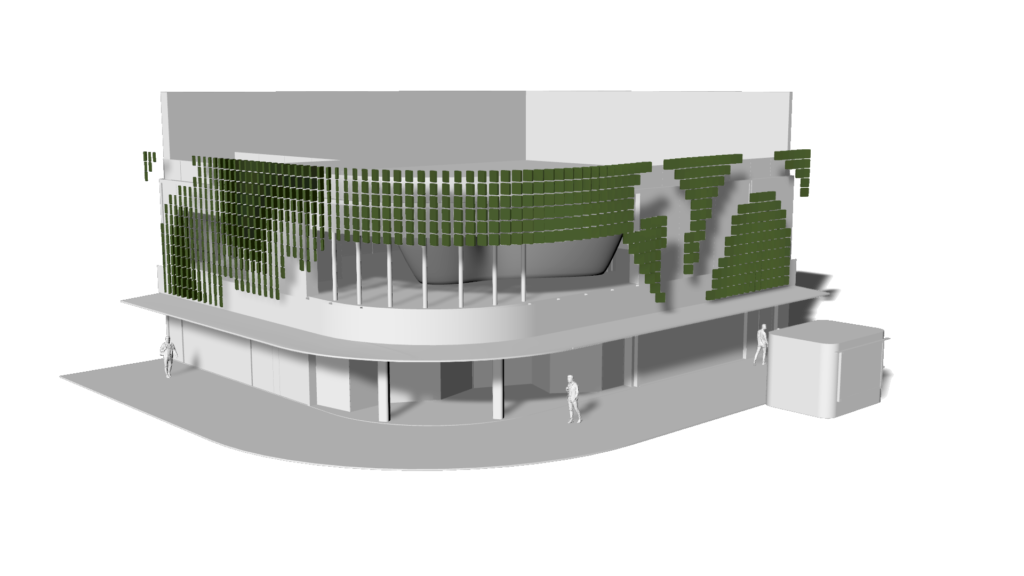
Divide the blocks into thicker and thinner ones based on the rotation of the blocks.

These blocks are designed to accommodate plant pots, bird nests, and bee nests placed randomly.

open source design
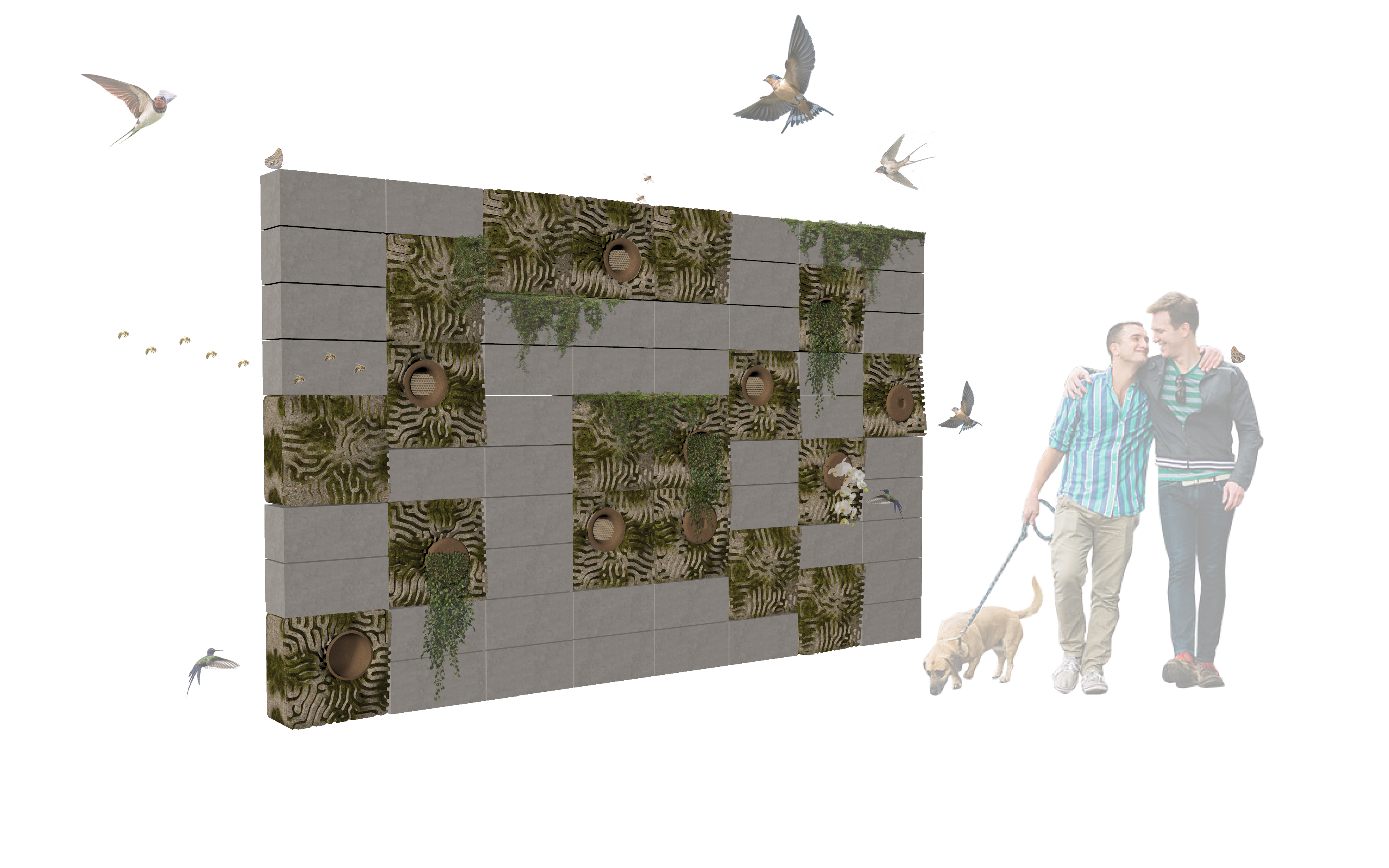
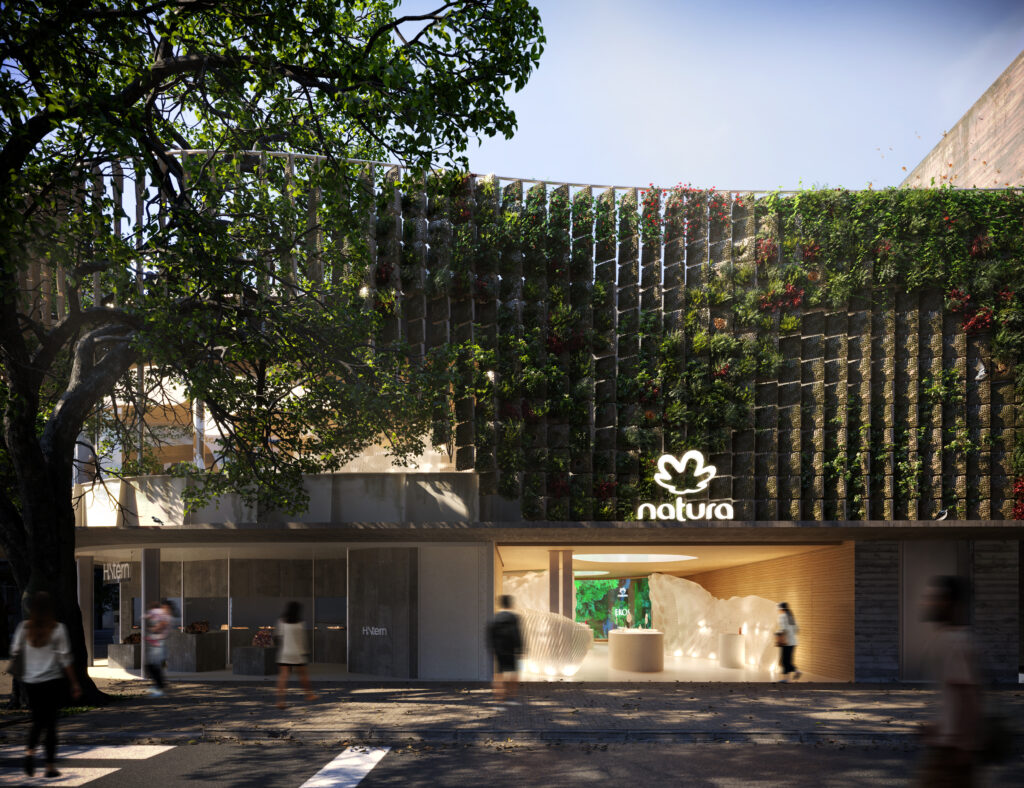
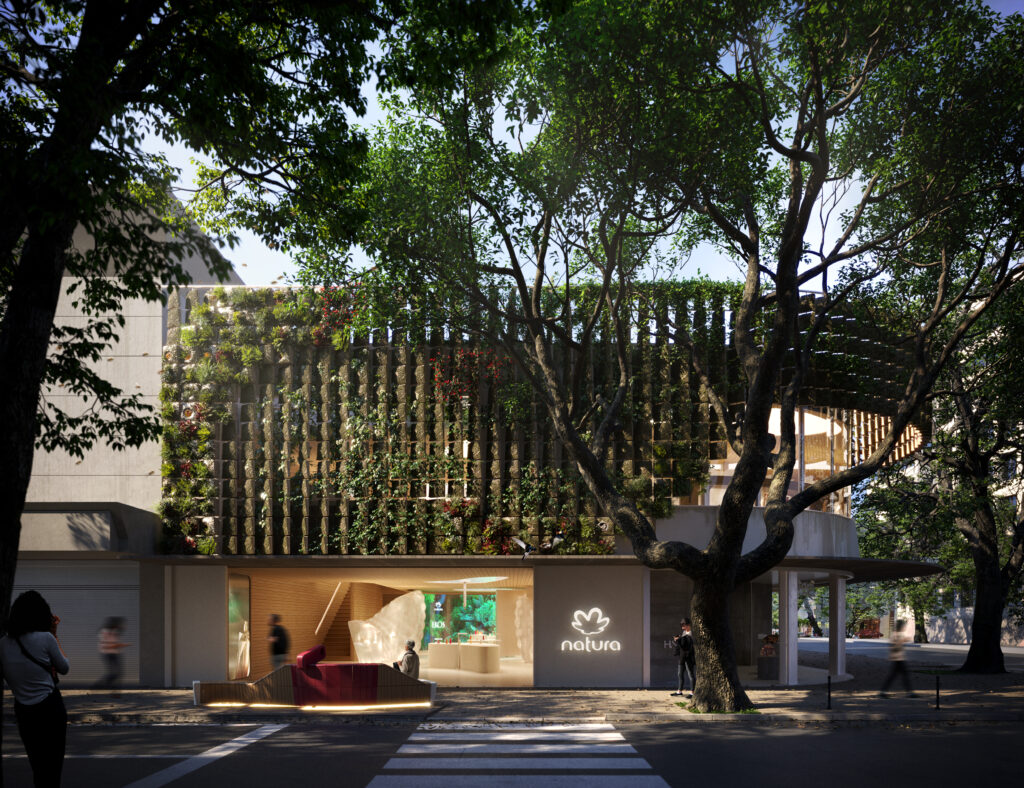
team
Creative Director: Guto Requena
Operations Director: Ludovica Leone
Parametric Design: Camila Calegari Marques
Architects: Camila Gonçalves, Daniel Viana, João Vargas, Matheus Fraga
Renders: Studio doisdois